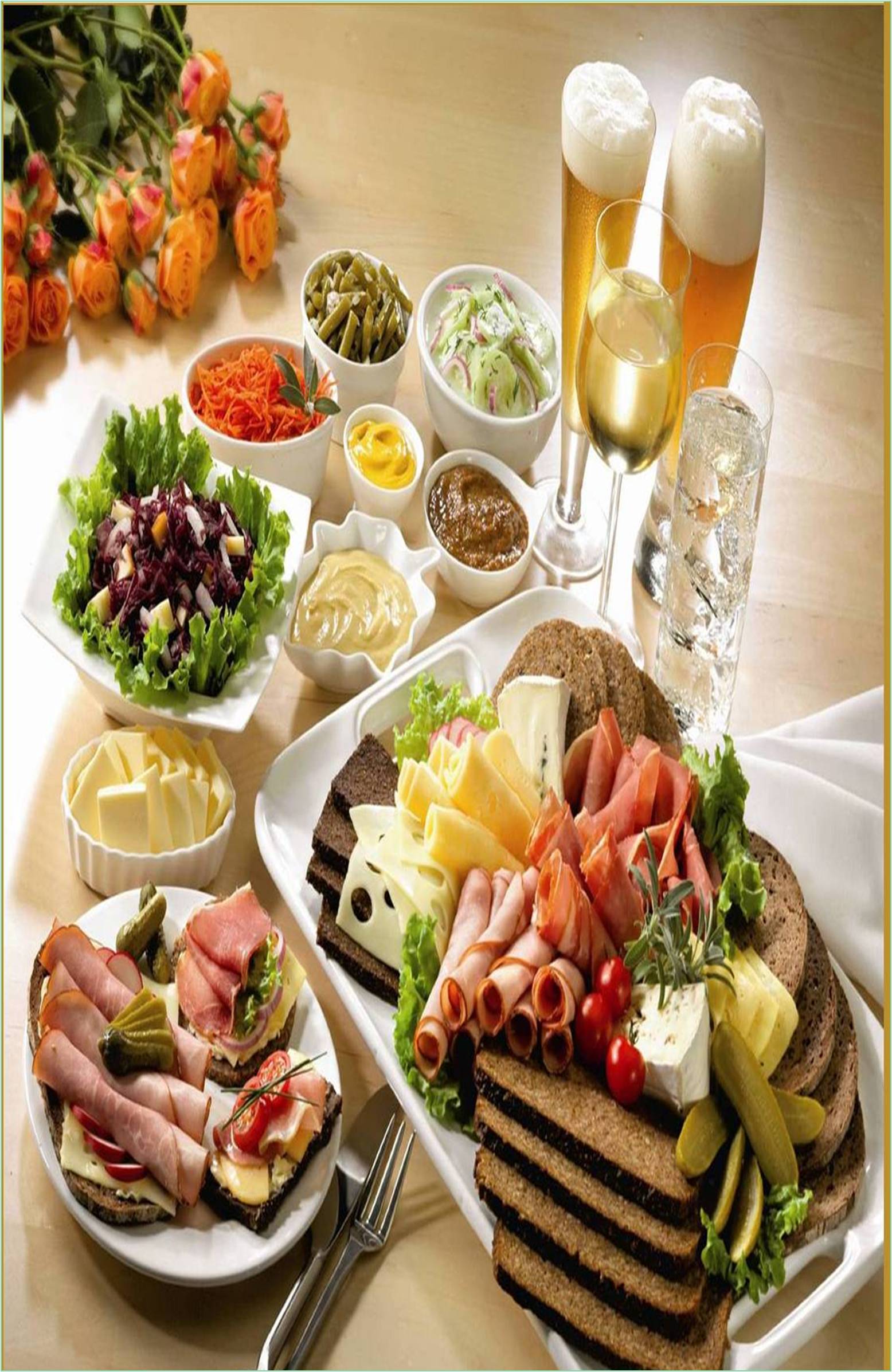



Received: 01-Nov-2022, Manuscript No. GJFST-22-85275; Editor assigned: 03-Nov-2022, Pre QC No. GJFST-22-85275 (PQ); Reviewed: 17-Nov-2022, QC No. GJFST-22-85275; Revised: 23-Dec-2022, Manuscript No. GJFST-22-85275 (R); Published: 02-Dec-2022, DOI: 10.15651/2408-5456.22.10.054
The practice of incorporating micronutrients, such as vital vitamins and trace elements, into food is known as food fortification or enrichment. It is a public health initiative that tries to lower the population's rate of dietary deficiencies and can be carried either by food producers or governments. A region's typical diet may be deficient in some nutrients because of the local soil or due to intrinsic inadequacies in the staple foods; in these situations, adding micronutrients to staples and condiments helps prevent widespread deficiency disorders. Fortification is the "practice of intentionally increasing the content of an essential micronutrient, i.e. vitamins and minerals (including trace elements) in a food, to improve the nutritional quality of the food supply and to provide a public health benefit with minimal risk to health," according to the World Health Organization (WHO) and the Food and Agricultural Organization of the United Nations (FAO), while enrichment is defined as synonymous with fortification. The WHO and FAO have chosen food fortification as the second of four strategies to start reducing the prevalence of nutritional deficiencies on a worldwide scale. The most often fortified foods, according to the FAO, include cereals and products made from cereals, milk and dairy products, fats and oils, accoutrementary food items, tea and other beverages, and infant formula. Inadequate nutrition and nutrient intake are thought to be the cause of between 3 and 5 million deaths annually worldwide. There are basically four different types of food fortification.
• Extensive fortification
• Specific fortification
• Fortification based on the market &
• Additional fortifications
Extensive Fortification
Fortification of a food that is consumed by the general populace is known as mass fortification. When the majority of the population faces an unacceptably high danger of nutritional insufficiency for the public's health, mass fortification is thought to be the best option. Examples include fortifying cereals, sauces, milk, oil, and veggies, among other foods (McNulty et al., 2004). Government regulations and mandates frequently apply to this kind of fortification.
Specific Fortification
In targeted fortification, just the foods that are intended for a certain subgroup of the population are fortified. Examples include complementary foods for babies and young children, foods for school lunch programmers, and special biscuits and other items for young children, pregnant women, and nursing mothers (Smith, 2007).
Fortification based on the Market
In market-driven fortification, the food producer takes a commercially motivated step to add or fortify the food with specific micronutrients. Although this type of fortification is optional, the manufacturer is still required to adhere to the fortification regulatory limitations established by the government. Compared to poor countries, industrialized countries tend to have more market-driven fortification (Richardson, 1990).
Additional Fortifications
Fortification of food at the household level with one or more micronutrients is referred to as "household and community fortification." This strategy is also regarded as a supplementation and fortification hybrid. Examples include soluble pills and various micronutrient powders. When universal fortification is not an option, this strategy works well. It is more expensive than major fortification, though (Lisa et al., 2017).
Food staples that have been bio-fortified: This process involves breeding and genetically modifying plants to up their nutrient content. This fortification process appears to be sustainable, but further research is still needed to determine its safety, cost, and health impact (Lewis et al., 2003).
Unfavorable Effects of Food Fortification
The use of fortified meals may reduce the medicine's absorption, result in treatment failure, and raise the risk of mortality. Despite some of the medications that doctors prescribe, we shouldn't take any supplements or eat fortified foods without a doctor's approval. Compared to naturally occurring whole foods, fortified foods have poor nutritional contents. Nutritional excess might have negative repercussions.
Benefits of Food Fortification
The nutritive content of a food is increased through fortification without the food's natural properties being changed. Even the micronutrients are given to the food during fortification, which has no effect on the flavor, texture, or aroma of the food.
In order to overcome the lack of vitamins and minerals, fortified foods are essential. But it could also result in overeating, which could pose problems. We need to be conscious of the nutrients we are taking in or eating. To avoid consuming too many vitamins and minerals, we should read the labels of fortified foods carefully. With fortified foods, we cannot totally eliminate inadequacies. Breakfast, meals, and flours that have been fortified with sugars are not healthy.
Lewis J, Broomhead L, Jupp P, Reid J (2003). Nutrition considerations in the development and review of food standards, with particular emphasis on food composition. Food. control. Sep. 14(6):399-407. [Crossref] [Google Scholar]
Lisa KF, Suyatma NE (2017). Iron fortification of soya based infant cereal and its stability during storage. J. Food. Technol. 1(2):16-2. [Crossref] [Google Scholar]
McNulty H, Pentieva K (2004). Folate bioavailability. Proc. Nutr. Soc. 63(4):529-36. [Crossref] [Google Scholar] [Pub Med]
Richardson DP (1990). Food fortification. Proc. Nutr. Soc. 49(1):39-50. [Crossref] [Google Scholar] [PubMed]
Smith AD (2007). Folic acid fortification: the good, the bad, and the puzzle of vitamin B-12. Am. J. Clin. Nutr. 85(1):3-5. [Crossref] [Google Scholar] [PubMed]